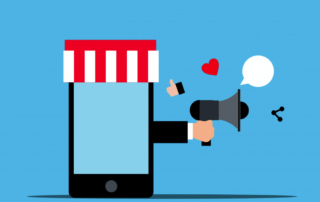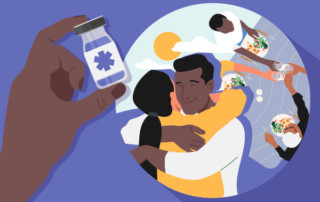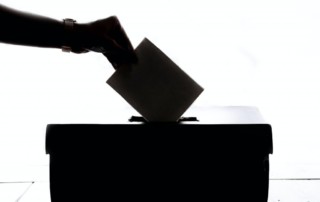Boosting Transit Ridership – $2 at a Time
A majority of commuters in the US choose to drive alone. We aimed to understand the influence of monetary incentives and anchoring on the transportation choices of residents in Los Angeles, California. Our key results included willingness to accept values averaging around $7, a difference in acceptance rates between anchoring treatment groups, and a significant change in acceptance rates when shown double-digit compared to single-digit values. This presents an opportunity for transit-based companies to invest in monetary incentive schemes to boost sustainable mode use.
Using Behavioral Science to Improve a Referral Program
How do you use a referral program to motivate people? We ran a large-scale experiment aimed at increasing referral volumes at our staffing company. The details of the experiment were motivated by concepts in behavioral science, specifically something called present bias. Many of our colleagues were surprised by what we found.
Designing More Equitable Digital Health Interventions
Effective digital health interventions may need to address a broad set of barriers in order to help a diverse population change behaviors. Layering the Double Diamond model of design with a behavioral design process ensures the inclusion of a comprehensive set of behavior change techniques in an intervention. Coupled with personalization technology, this approach can make digital health more equitable.
Behavioral Segmentation in Marketing: How to Increase Conversions
Market segmentation is a valuable strategic tool in marketing. How to properly do segmentation is, however, not widely known. In this article, I lay out the principles of segmentation and provide a step-by-step guide.
Planning Your First Field Experiment in Business
Experiments (aka A/B tests) are the bread and butter of behavioral scientists. However, running experiments requires much more than knowing statistics, especially when you’re running “field” experiments and not purely digital ones. In this post, I’ll give you four recommendations to get your experiment right.
Transparency: A Tool to Build Election Trust
Trust in government and election confidence rates have continued to decline in the US. Research indicates that employing operational transparency could be a potential solution. Using these insights, we tested how transparency prompts impact trust in the mail-in voting election process. Higher-level transparency regarding the mail-in voting process was most effective and can be easily scaled by election administration to build trust in these processes.







